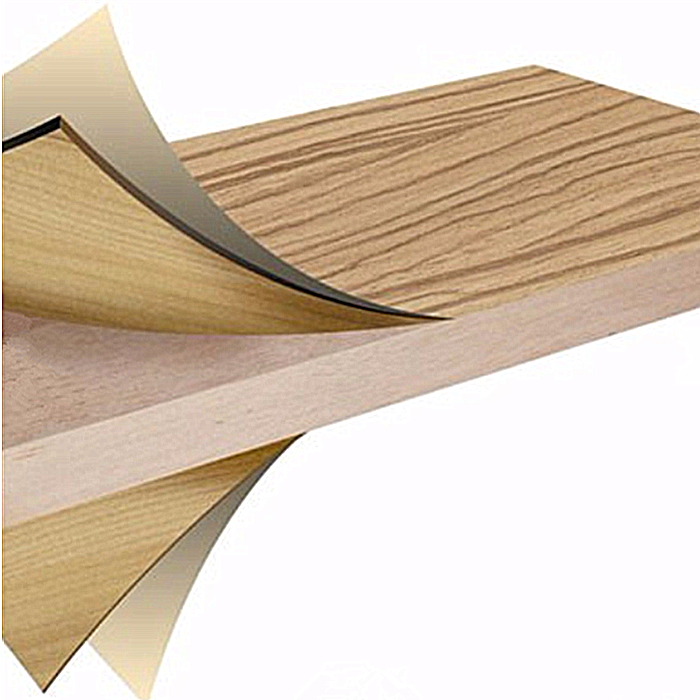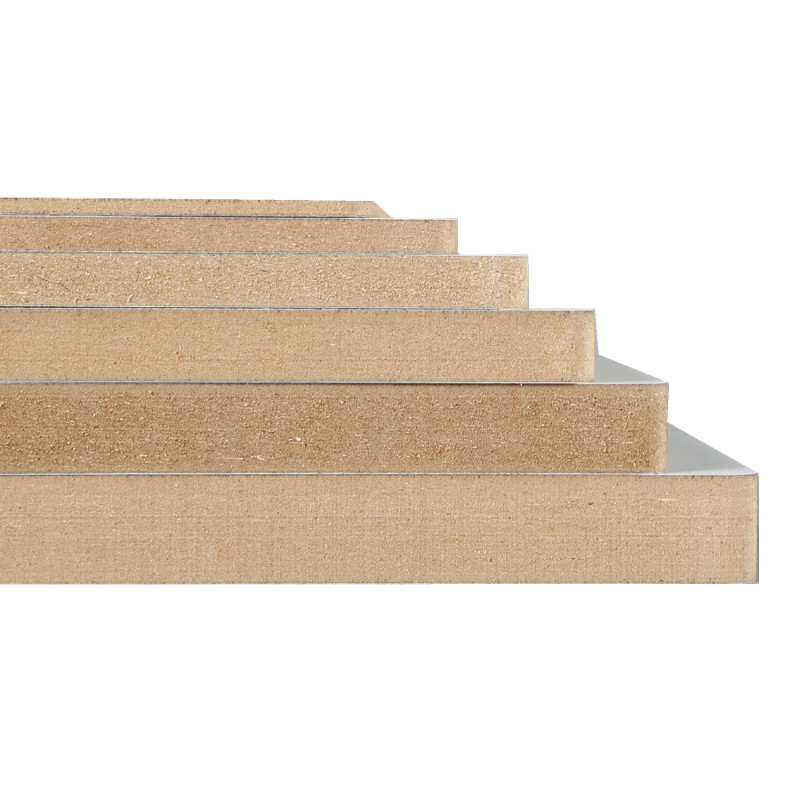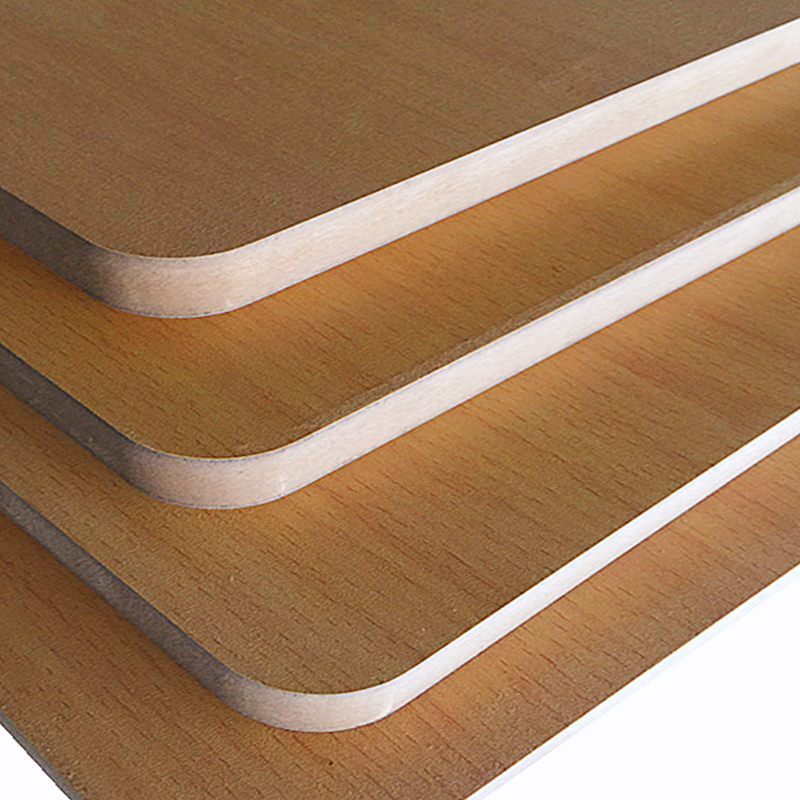When talking about density board, we are referring to a type of artificial board that is widely used in furniture manufacturing, construction and decoration. Density board, also known as medium density fiberboard (MDF), is made from joinery dust, wood fiber and synthetic resin through a hot pressing process.

One of the main features of MDF board is its uniform density and structure. MDF board has a relatively high density due to the fine blend of waste wood and wood fibers. This gives it excellent strength and stability, making it relatively easy to grind and nail the surface of MDF board, making it less likely to delaminate or chip.
MDF board has many advantages, making it one of the preferred materials in many industries. First of all, the material of MDF board is strong, not easy to deform, has good compressive strength and wear resistance, and can bear a certain weight. Secondly, the surface of density board is flat and easy to color and paint, making it ideal for making furniture, cabinets and other products that require a beautiful appearance.
In addition, MDF board also has excellent processing properties. Compared with solid wood, MDF boards can be cut, perforated, and inlaid more easily, making the production process more flexible and efficient. It can also be customized into sheets of different shapes and textures through modern technologies such as 3D printing and CNC engraving.
However, MDF board also has some limitations. Because its main component is wood fiber, it easily absorbs moisture and swells in humid environments, so you need to pay attention to moisture-proofing. In addition, the strength and durability of density board are relatively low and cannot be compared with solid wood.
Overall, MDF boards play an important role in furniture manufacturing, construction, and decoration. Its sturdiness, beautiful appearance, and processing flexibility make it a popular building material. With proper use and care, MDF board can provide long-lasting, reliable performance.

When it comes to the uses of MDF board, it plays an important role in furniture manufacturing. Because density board can be easily cut, inlaid and drilled, it has become an ideal material for manufacturing a variety of furniture. MDF board can be used to make furniture such as cabinets, wardrobes, bookshelves, bed frames, and tables because it has the strength and stability to support and hold heavy objects.
In the field of construction and decoration, MDF board is also a common material choice. It can be used on projects such as interior partitions, ceilings, floor linings and door casings. The flat surface of MDF board makes it easy to paint or apply facing materials to achieve rich decorative effects.
In addition, MDF boards are also widely used in the packaging industry. Because of its relatively low cost and sufficient strength, MDF board can be used to make a variety of boxes, pallets, and containers to protect and transport items.
It should be noted that compared with other wood products, the environmental protection of MDF board may be somewhat controversial. The adhesives and synthetic resins used in the manufacturing process may contain certain chemicals, and some MDF board may release volatile organic compounds (VOCs).
Therefore, when selecting and using MDF boards, it is recommended to purchase products that meet environmental standards and ensure proper ventilation to reduce potential health risks. In addition, reasonable processing and recycling of discarded MDF boards are also important measures to promote sustainable development.
Overall, MDF board is a versatile man-made panel whose strength, stability and processability make it widely used in furniture manufacturing, construction and decoration industries. MDF board is a solid choice for those looking for a material that’s affordable, practical, and customizable.

When mentioning the advantages of density boards, you can also consider the following aspects:
Strong plasticity: MDF board can be made into various shapes and sizes through hot pressing process, which is very suitable for customized projects with diverse needs. Both furniture manufacturers and architects can use the plasticity of MDF board to create unique products according to design needs.
Good surface quality: The surface of MDF board has a high flatness, which is not only easy to paint and apply decorative materials, but also can show fine texture and texture. This makes MDF board ideal for creating high-end furniture and decor.
Strong moisture resistance: Compared with other wood products, MDF board has better moisture resistance. Due to its uniform structure and density, MDF board is not prone to expansion and deformation due to moisture, making it suitable for environments with high humidity.
Good sound and thermal insulation properties: Due to the higher MDF board of density board, it has better sound insulation and heat insulation capabilities. This makes MDF board excellent in applications that require better sound isolation and temperature control, such as making sound boxes, acoustic panels, and coverings for hot and cold ducts.

Of course, like any material, MDF board has some drawbacks. In addition to the potential environmental issues mentioned earlier, MDF board has poor machinability and is prone to generating dust during processing. Therefore, when using and operating, safety measures need to be taken to protect the health of workers.
Generally speaking, MDF board is a multifunctional material with wide application prospects. Its strength, stability, plasticity and good panel quality make it ideal for furniture manufacturing, construction and decoration. As technology develops and environmental awareness increases, we can expect further improvements and innovations in MDF boards in the future.

